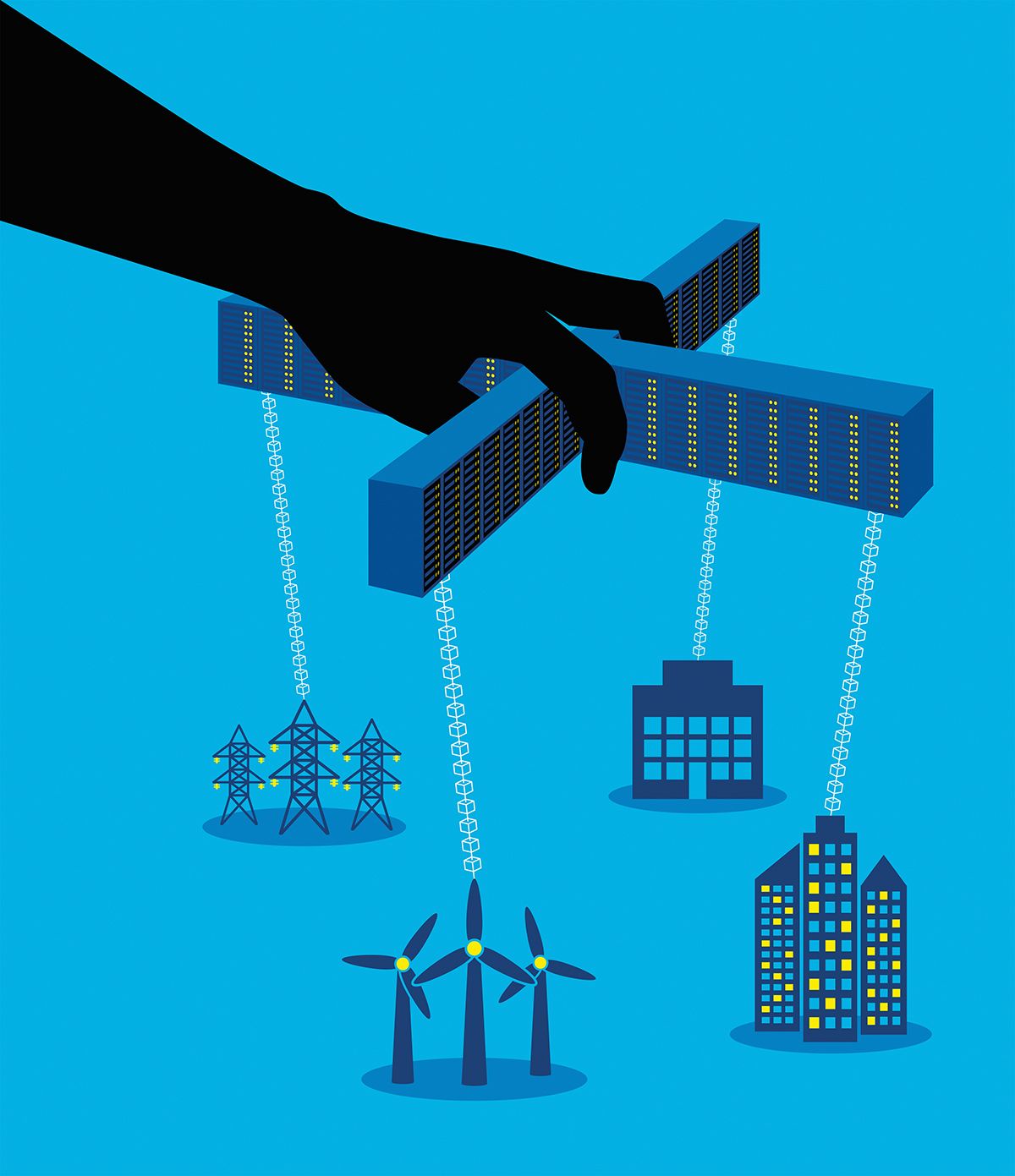The north-westerly gale billows and shakes the heavy white PVC of the marquee on the Portsoy harbourside, Aberdeenshire. At one end of the tent, a wall is taken up by a row of roller banners printed with text and logos, maps and images. A man in his twenties with an alert haircut stands eager to do battle on behalf of the Moray West community consultation team. Facing a half-interested audience sheltering from the wind, his task is to explain the great benefits that stand to accrue on the back of the Moray West wind farm that is moving towards construction far out in the Moray Firth, east of Inverness.
All the data, it seems, is on display in the exhibition. Off the coast of Caithness, in 150 feet of water, 65 turbines will be erected over 110 square miles of seabed – an area the size of Bristol. These will generate 860MW of electricity, enough for 30% of Scotland’s energy needs – according to the exhibition. They will also power up to 640,000 homes and save 1.1 million tonnes of CO2 every year. The project will employ 60 personnel working out of its port base in Buckie, to the east of Portsoy. Everything about this bright future is clear, apparently.
But it is hard to find out who’s actually behind this scheme. Who owns it? Closer inspection of a handout reveals that the initiative is being undertaken by Ocean Winds, but quite who they are, in reality, is unclear.
I later find out that Ocean Winds is owned by EDP Renewables, which is itself owned by EDP – the Portuguese oil and gas corporation, Energias de Portugal – which in turn is owned by China Three Gorges Corporation, BlackRock Inc, Oppidum Capital SL, Canada Pension Plan Investment Board, Amundi Asset Management, Norges Bank, Qatar Investment Authority, Sonatrach, and ‘remaining shareholders’.
BlackRock is one of the world’s largest investment companies. It holds, among other things, the biggest single shareholding in BP and is constantly criticised for its investment in fossil fuels. Here too is Sonatrach, the Algerian state oil and gas company.
And then the question of land ownership arises. Who owns the seabed that the turbines stand upon? Who owns the farmland that the cable crosses once it reaches the shore? Neither of these things is revealed in the community exhibition.
The seabed belongs to King Charles III, or rather the Crown Estate, which accrues rental income from the lease of the rights over the seabed to Ocean Winds for the duration of the project. The British monarch is reportedly the sixth largest landowner on Earth, so this revenue is but a fraction of his portfolio.
So this system that harvests the wind also generates profit for international corporations, and revenue for both the British monarchy and the Scottish aristocracy.
This may indeed be low-carbon energy, but where is the justice in this system to which we are transitioning with such startling haste?
This is an edited extract from an article published by Platform. Thanks to Jane Trowell, Annie Brooker, Terry Macalister, Emma Hughes, Mika Minio-Paluello and Anna Markova. www.platformlondon.org








